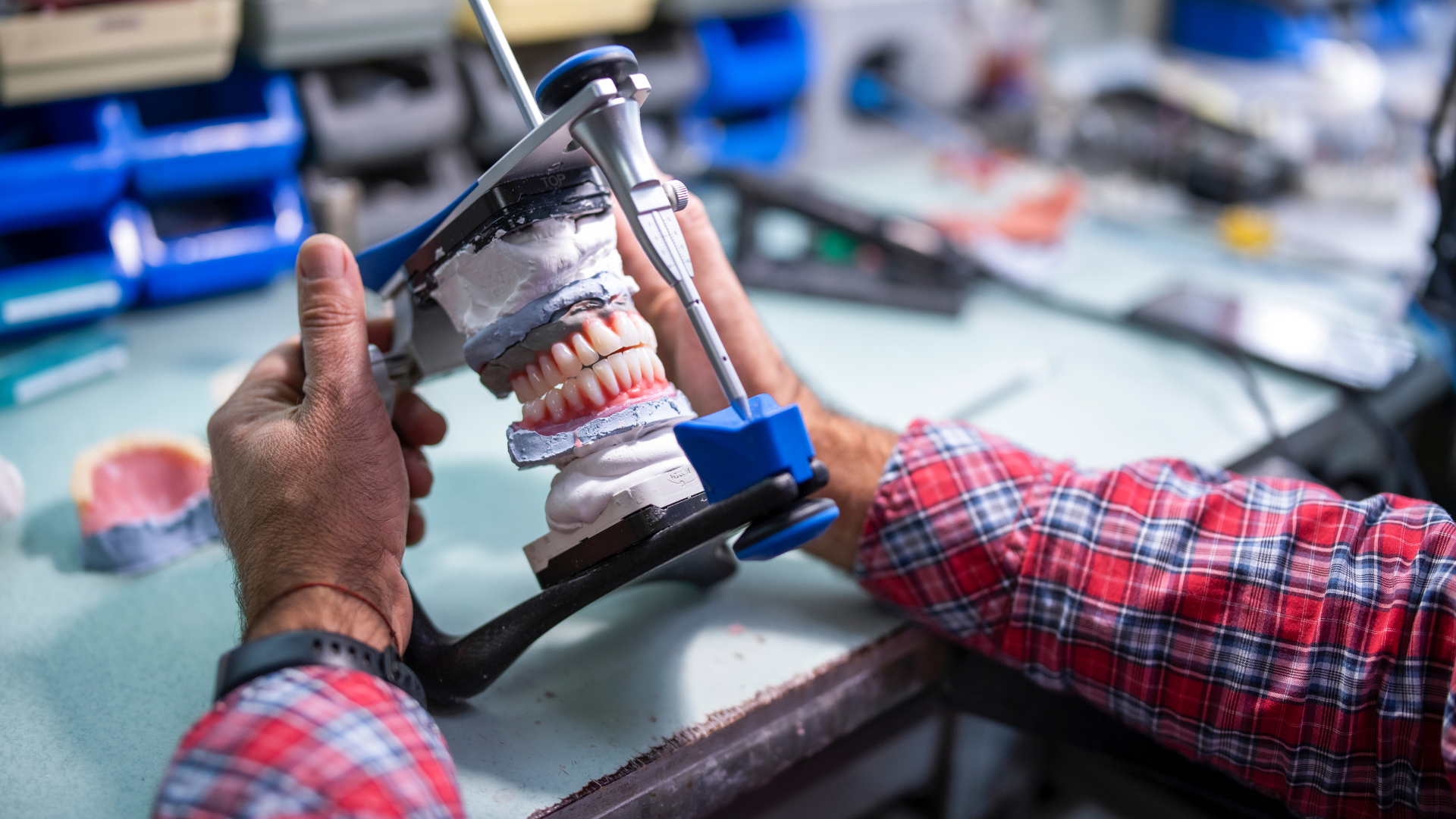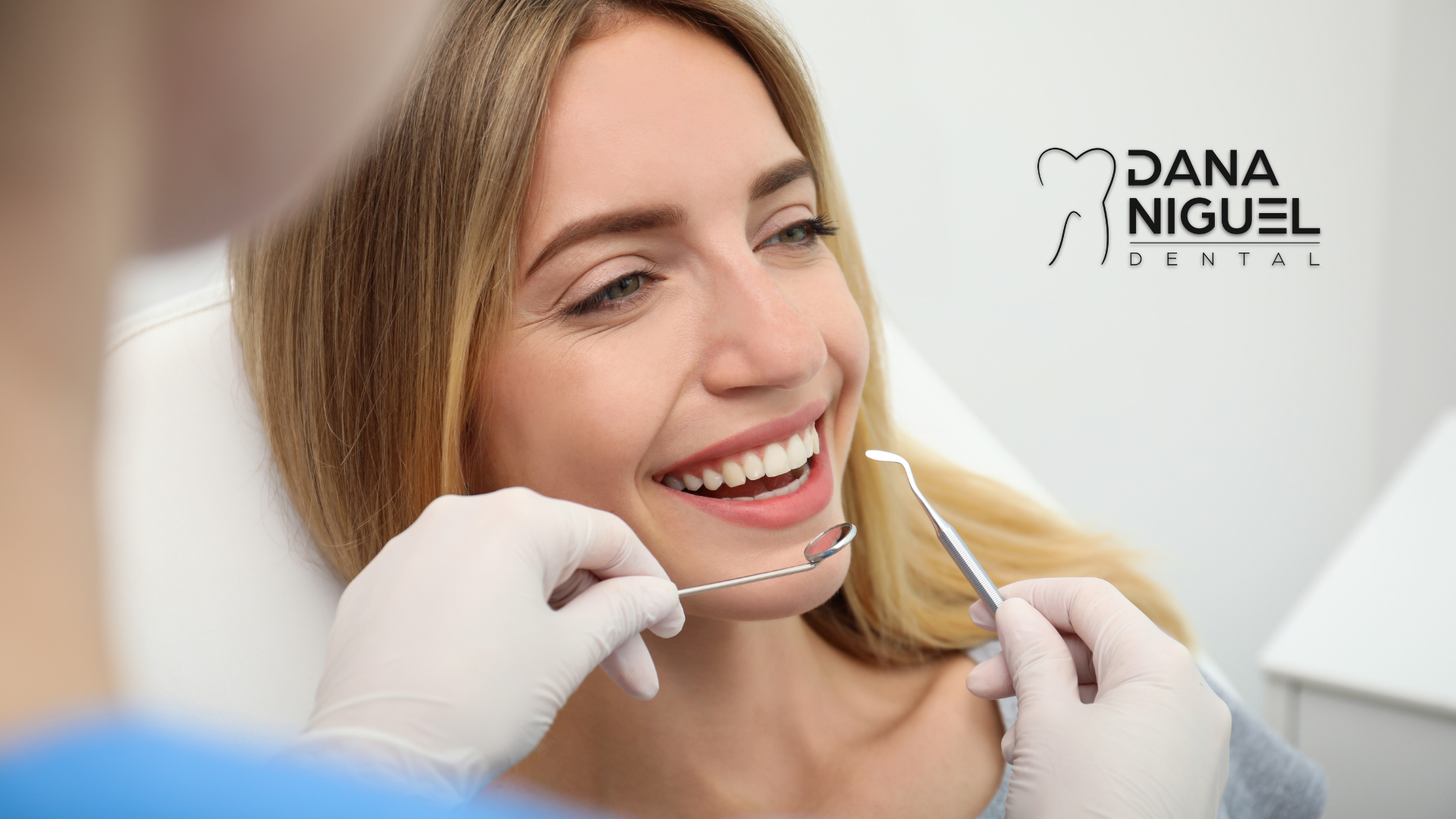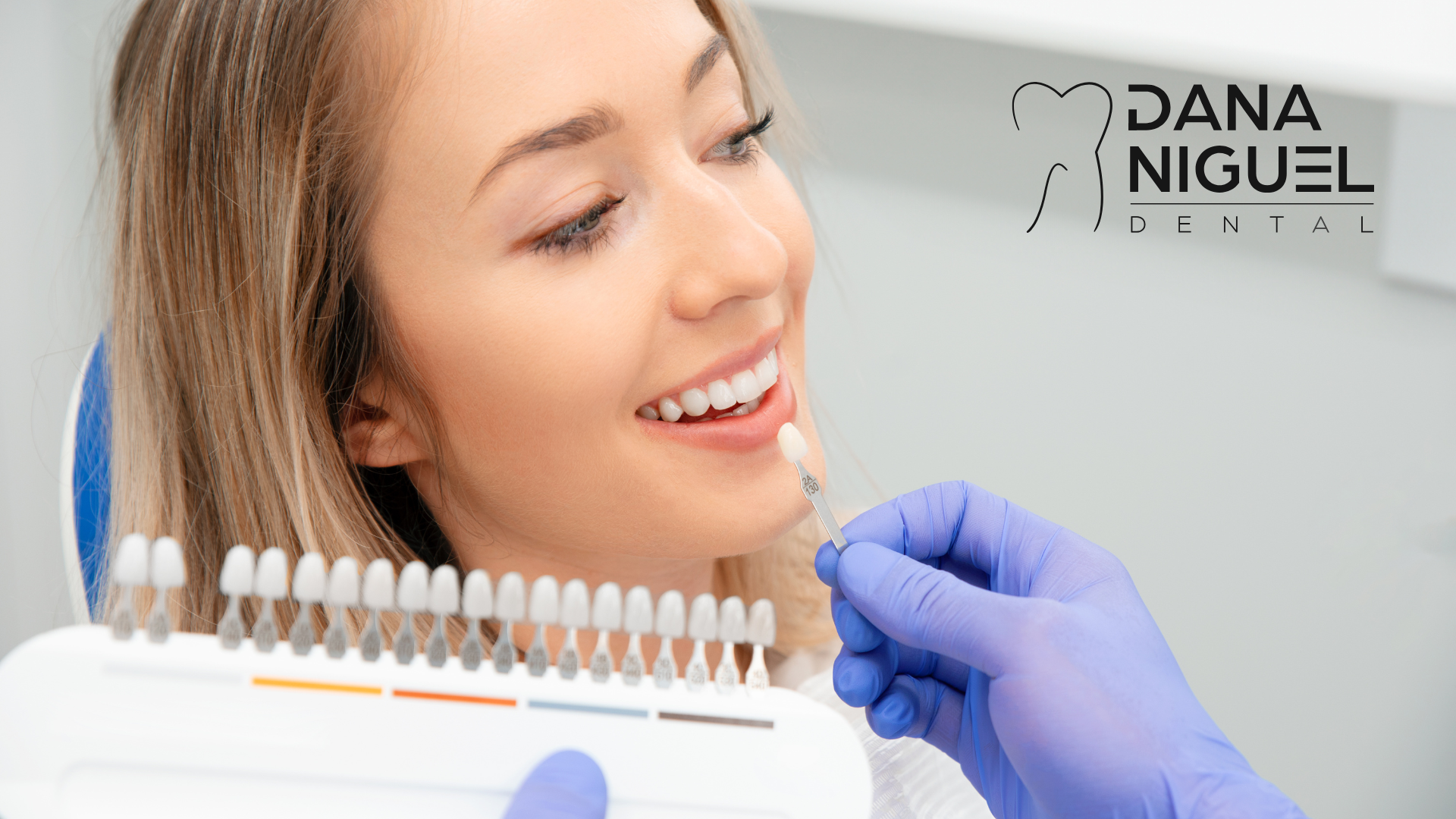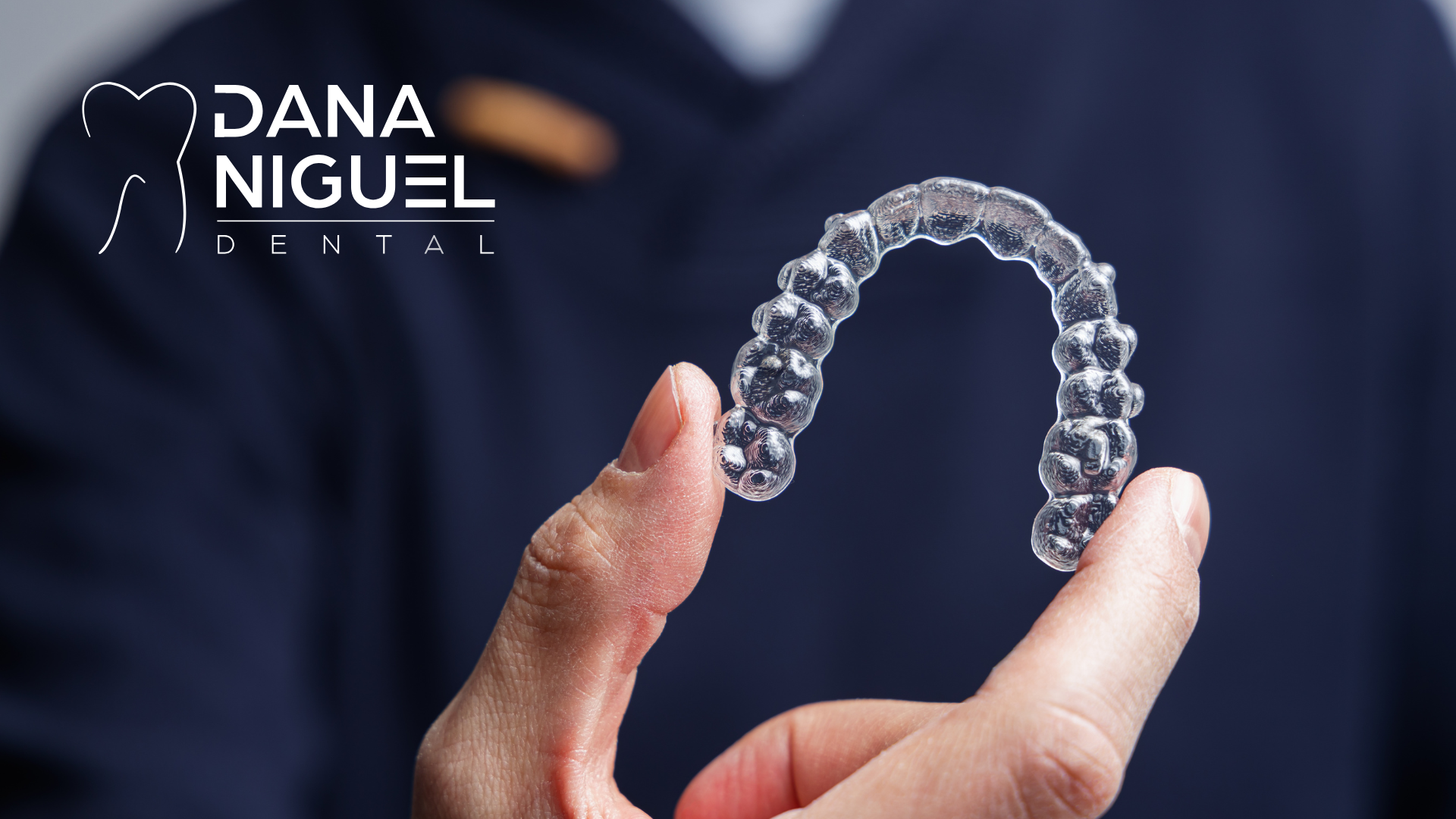What Should A Tooth Extraction Look Like When Healing?
Pictures of Granulation Tissue After Tooth Extraction

Understanding the Healing Process of a Tooth Extraction
Stages of Healing
The healing process after a tooth extraction involves several stages, starting with blood clot formation, then the development of granulation tissue, and finally, the maturation of the socket. The initial clot is crucial as it protects the underlying bone and nerves.
Normal Signs of Healing
During the healing process, it's normal to experience some swelling, mild discomfort, and slight bleeding within the first few days. The presence of a blood clot in the socket and a gradual decrease in pain are positive signs of healing.
Timeframe for Recovery
Recovery times can vary, but typically, the initial healing phase lasts about one to two weeks. Complete healing of the socket might take several weeks to months. It's important to follow post-operative care instructions to ensure a smooth recovery.
Immediate Post-Extraction Care
What to Do Right After Tooth Extraction
Immediately after a tooth extraction, it's crucial to follow specific steps to ensure proper healing. Apply pressure to the extraction site using a gauze pad to control bleeding. Avoid rinsing, spitting, or using a straw for the first 24 hours, as these actions can dislodge the blood clot forming in the socket.
Managing Pain and Swelling
To manage pain and swelling after tooth extraction, apply an ice pack to the cheek adjacent to the extraction site. Use pain relief medications as prescribed by your Dana Point dentist. Keep your head elevated to reduce swelling.
Preventing Infection
Maintaining cleanliness is critical to preventing infection. Start salt water rinses 24 hours after the extraction to keep the area clean. Follow all prescribed antibiotic courses without interruption. Regular check-ups with your family dentist Dana Point will ensure the site is healing and infection-free.
Visual Guide to Tooth Extraction Healing
Day-by-Day Healing Progression
- Day 1: Expect bleeding and swelling; a blood clot should form in the socket.
- Day 2-3: Swelling may peak and then begin to decrease; minimal bleeding should continue.
- Day 4-7: Noticeable improvement in pain; the socket begins to heal with new tissue.
- Week 2: The socket continues to heal, and discomfort should largely subside.
- Week 3-4: The healing process should be well underway, with the socket nearly closed.
Identifying Healthy vs. Unhealthy Signs
- Healthy Signs: Blood clot formation, gradual decrease in pain and swelling, and tissue regeneration.
- Unhealthy Signs: Persistent or worsening pain, visible bone in the socket, foul odor, or pus, which might indicate infection.
When to Seek Medical Advice
- Seek immediate medical advice if you experience severe pain, excessive bleeding, signs of infection, or if the healing does not progress as expected. Early intervention can prevent complications and ensure a smoother recovery.
Common Issues During Tooth Extraction Healing
Dry Socket
A dry socket is a painful condition when the blood clot at the tooth extraction site fails to develop, or it dislodges or dissolves before the wound has healed. Immediate treatment is crucial to alleviate pain and prevent further complications.
- Seek dental care if experiencing severe pain days after the extraction
- Avoid smoking and using straws as they can increase the risk of developing dry socket
Excessive Bleeding
While some bleeding is expected immediately after an extraction, excessive bleeding may occur. It's essential to manage it properly to prevent complications.
- Apply pressure with a clean gauze for about 30-60 minutes
- Contact your dentist if the bleeding persists
Delayed Healing
Some patients may experience slower than regular healing times, which can be due to various factors, including medical conditions or poor post-operative care.
- Maintain good oral hygiene
- Follow all post-operative instructions from your dentist
Note: Always consult your dentist if you notice any unusual symptoms or if healing does not progress as expected.
Long-Term Care After Tooth Extraction
Maintaining Oral Hygiene
- Regular brushing and flossing are crucial to prevent infection and promote healing.
- Use a soft-bristled toothbrush and be gentle around the extraction site.
Monitoring for Complications
- Regular dental check-ups are essential to ensure proper healing.
- Be alert for signs of infection, such as increased pain, swelling, or pus.
Future Dental Procedures
- Discuss potential tooth replacement options with your dentist, such as implants or bridges.
- Ensure that your mouth is fully healed before further dental work.
Diet and Nutrition for Optimal Healing
Foods to Eat and Avoid
- Eat Soft fruits, vegetables, and protein-rich foods like eggs and yogurt to promote healing.
- Avoid Hard, crunchy, or sticky foods that irritate the extraction site.
Importance of Hydration
Staying hydrated is crucial for healing. Aim to drink at least eight glasses of water daily to help the body recover and reduce the risk of complications.
Nutritional Supplements to Consider
Consider supplements such as vitamin C, which supports immune function, and zinc, which aids tissue repair, to enhance healing. Always consult with a healthcare provider before starting any new supplements.
Impact of Lifestyle Choices on Healing
Effects of Smoking and Alcohol
Smoking and alcohol consumption can significantly delay the healing process after a tooth extraction. Avoid smoking and limit alcohol intake to promote faster recovery and reduce the risk of complications.
Exercise and Physical Activity
Moderate exercise can be beneficial for overall health and can help speed up the healing process. However, avoid strenuous activities immediately after surgery to prevent undue stress on the extraction site.
Stress Management Techniques
Managing stress effectively is crucial for a smooth recovery. Techniques such as deep breathing, meditation, and gentle yoga can help maintain a calm mind and support the body's healing process.
Remember, making positive lifestyle choices can significantly influence the speed and quality of your healing after a tooth extraction.










